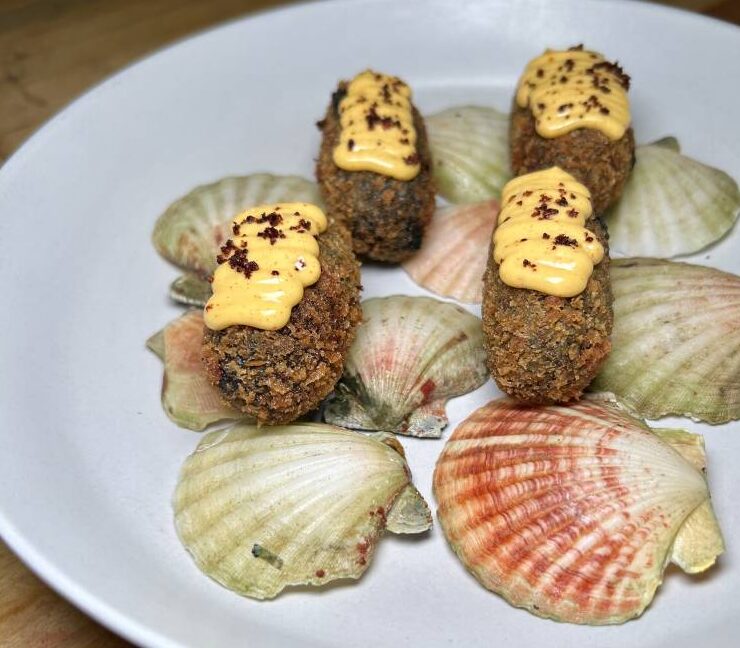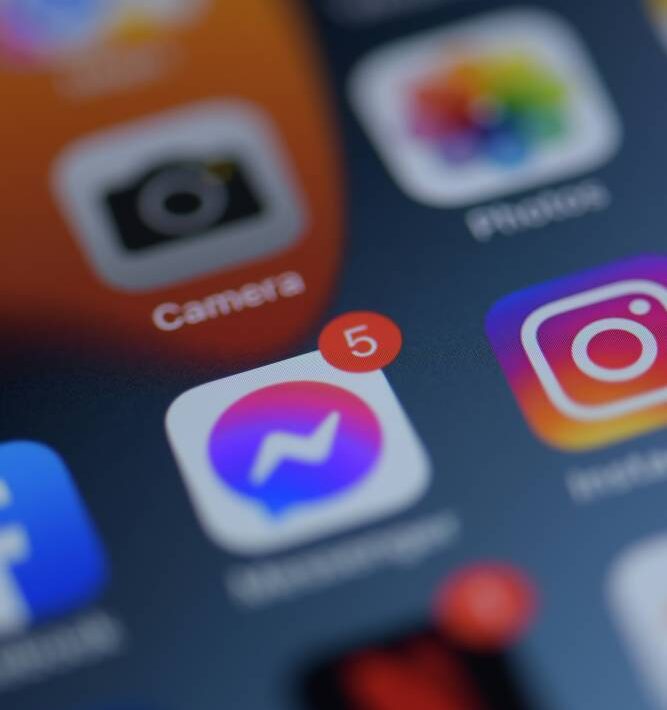Time to get personal again
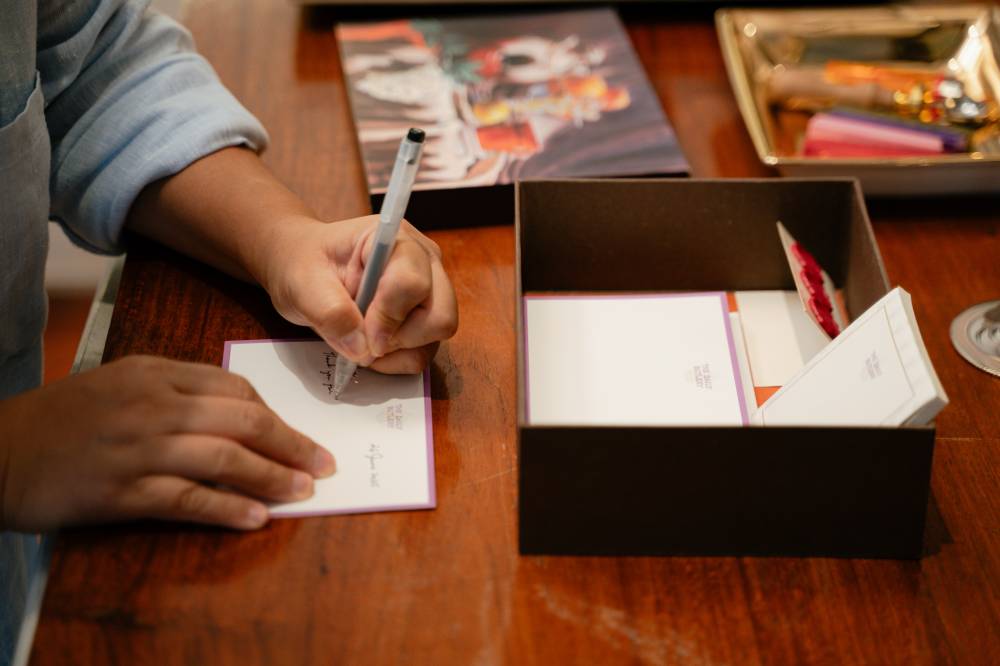
“To write is human. To receive a letter, divine.” – Susan Lendroth
Amid the rise of digital communication such as texts, emails, and emojis, the act of writing a letter has become an intentional act of care. Yet, for those who have received a handwritten note tucked inside a well-crafted envelope, the value of that gesture is undeniable. It feels deeply personal and meaningful.
Correspondence cards are simple note cards that embody the essence of sincere human connection. Often personalized with a name, monogram, or family crest, they quietly communicate identity and thoughtfulness. Whether it is a thank you, a condolence, a friendly hello or just a few words to let someone know they were thought of, these cards carry weight both emotionally and tangibly.
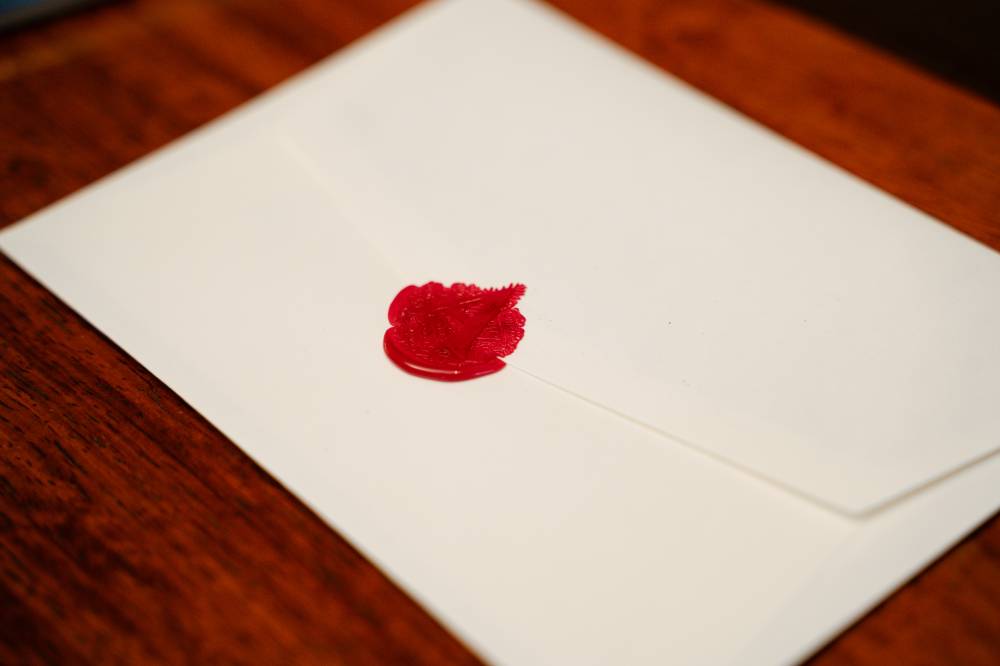
It represents more than aesthetic appeal. It symbolizes care, presence and personality. A correspondence card can speak volumes, even before a single word is written. The paper you choose, the font, the color, and whether it is embossed, all reflect something about who you are and what you value.
These days, getting a handwritten note does not happen often, which makes it feel pretty special when it does. Instead of a text that is read and forgotten (or erased), a note is tactile. It can be held, reread or even kept for years. It says: “I took the time to pause, to write, to connect.” And in today’s culture of convenience, that gesture feels sacred.
The art of letter writing has been cherished throughout history. Ancient Egyptians were among the first to encourage written correspondence, creating papyrus scrolls from the core of the papyrus plant. These early forms of paper allowed people to communicate across distances, laying the groundwork for the notecards we use today.
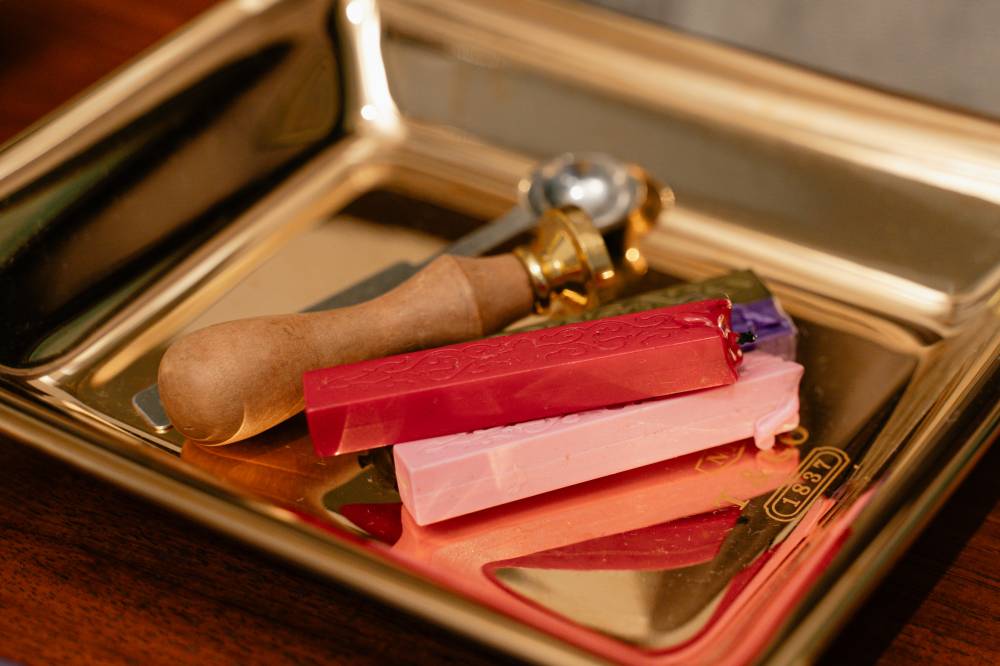
In China, the tradition of exchanging handwritten wishes during the New Year became a cultural staple, highlighting the value of written expression in marking important moments.
During the Renaissance, handcrafted notecards became symbols of status. Artisans meticulously designed them with hand-painted details, matching the sophistication of their senders.
The envelope, too, has its own rich history. In the medieval period, folded letters were sealed with wax to preserve privacy and demonstrate importance. This practice elevated the experience of receiving a letter, adding a sense of ceremony to the act of opening it.
Eventually, with the Industrial Revolution, notecards and envelopes became more widely available. Mass production made it possible for everyone to express themselves with elegance and intention. Greeting cards later emerged, catering to specific occasions, like Hallmark, but it was the correspondence card that maintained a timeless versatility.
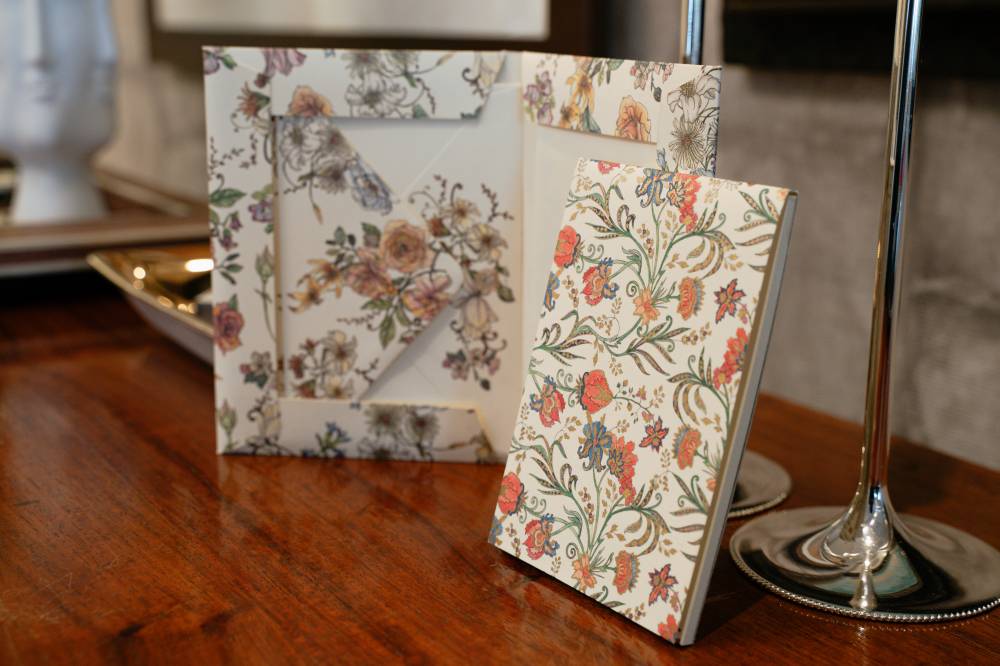
For me, the love of stationery started young. I was an avid collector, amassing scented paper and colorful sets in different kinds. This collection was not just a childhood hobby but it became a form of social currency. Trading stationery was part of the fun. It helped forge friendships that have lasted to this day. It taught me negotiation, appreciation, and even design.
One day, I stumbled upon a tiny gem of a store called JayCeeKay Printing, that sadly no longer exists. It was there that I discovered the joy of having my own personalized correspondence cards made. The process was unexpectedly thrilling. I deliberated over paper textures and weights, fonts, and whether to choose embossing. The choices felt endless and exciting. Like having a bespoke suit made for a gentleman. That was my first experience with personalized stationery and it sparked a lifelong appreciation for the art.
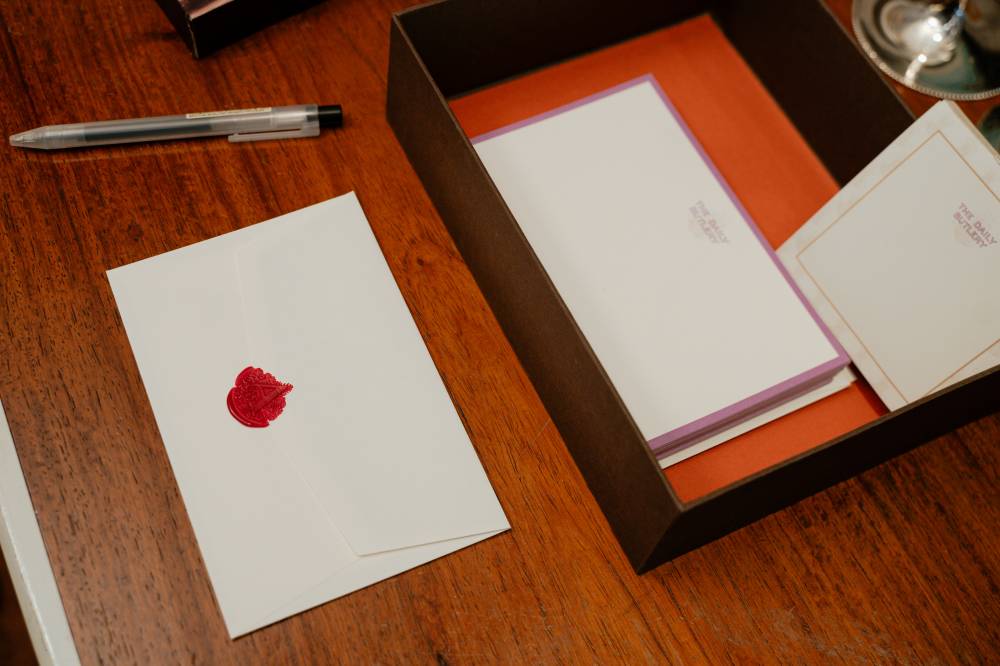
Since then, I have noticed how design collaborations have elevated the craft. For example, Vera Wang collaborated with Crane & Co. to create a line of bridal stationery. It was elegant with personal detail and felt special. Known for its exceptional craftsmanship, Japan applies the same precision and creativity to its paper and pens as it does to everything else, from culinary arts to fashion. Stationery stores like Itoya are playgrounds of design and mindfulness. Among the many options, Muji pens stand out as some of the best in terms of quality and affordability.
Letter writing may feel like it is making a comeback, but for many, it never went away. A handwritten note brings us back to a time when we paused, reflected, and reached out in ways that cannot be replicated by a screen.
Even in today’s hyperconnected world, there is immense joy in writing and receiving letters. These simple gestures (and pleasures) remind us of who we are and what it means to connect.
In choosing to write, we honor the past while giving something truly personal to the present. It may be just a card and some ink, but the impact is lasting. A handwritten note might take minutes to create, but it can be remembered for years.
*******
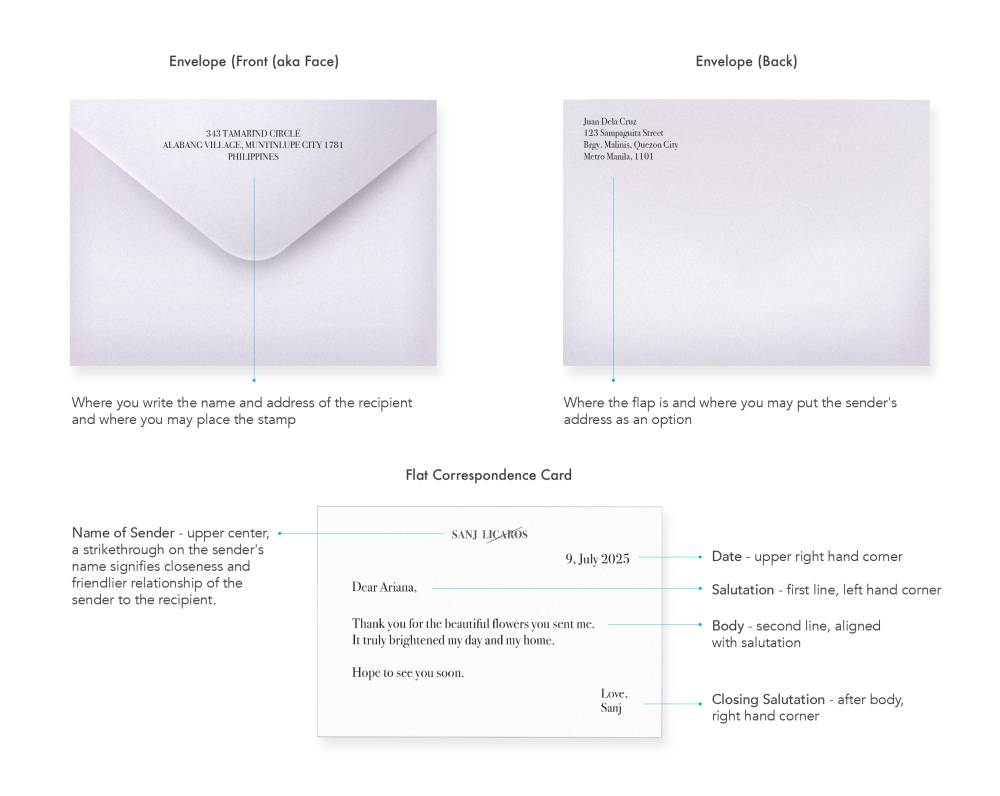
Customize your correspondence card
FLAT
Size: 4 x 6 inches
Stock: Cotton, White Cardstock (minimum 350gsm)
Envelope
Size: 4.75 x 6.5 inches
Stock: 130–160gsm
FOLDED
Size: 4.25 x 5.5 inches (when folded)
Stock: Cotton, White Cardstock (minimum 300gsm)
Envelope
Size: 4.375 x 5.75 inches
Stock: 130–160gsm
Components
Thermography: Raised ink printing
Foil Stamping: metallic for initials or borders
Embossing: raised paper for monograms or crests
Debossing: indented impression
Letterpress: deep impression into thick paper
Fonts (Names, Initials, Monograms)
Timeless, formal
Garamond
Bodoni
Clean, modern
Futura Medium
Avenir
Decorative, script
Kunstler Script
Vladimir Script


















